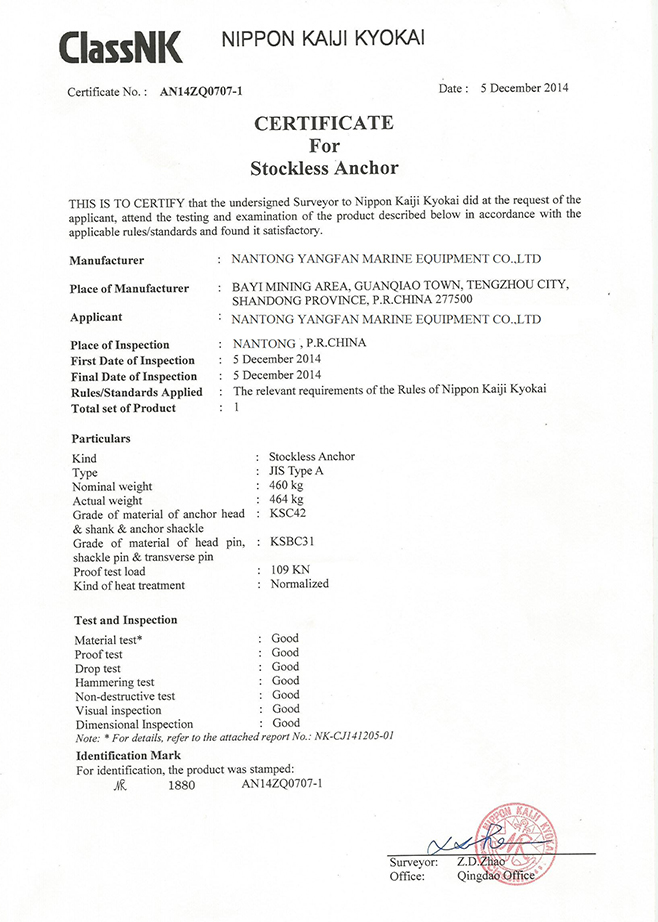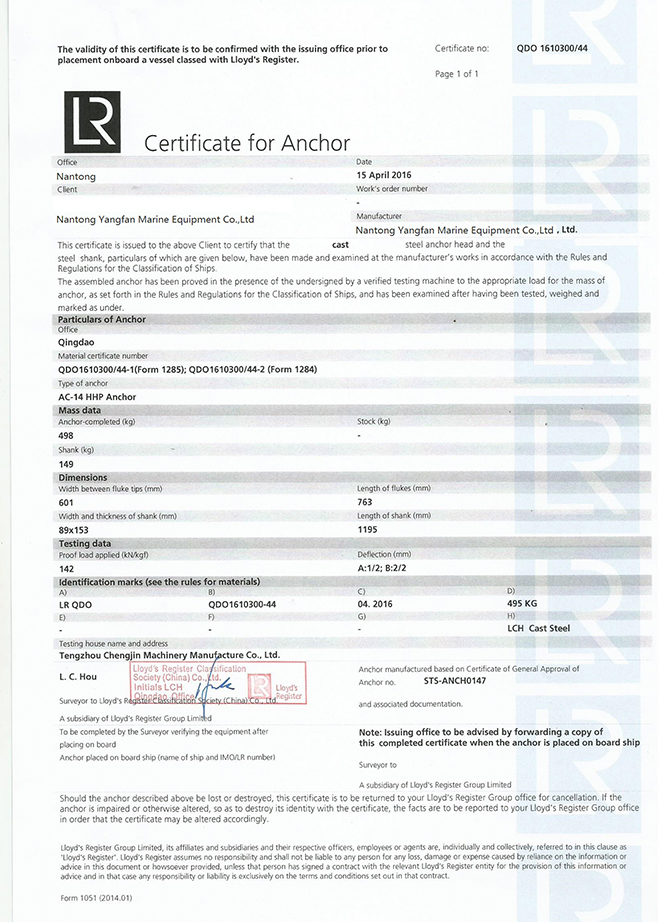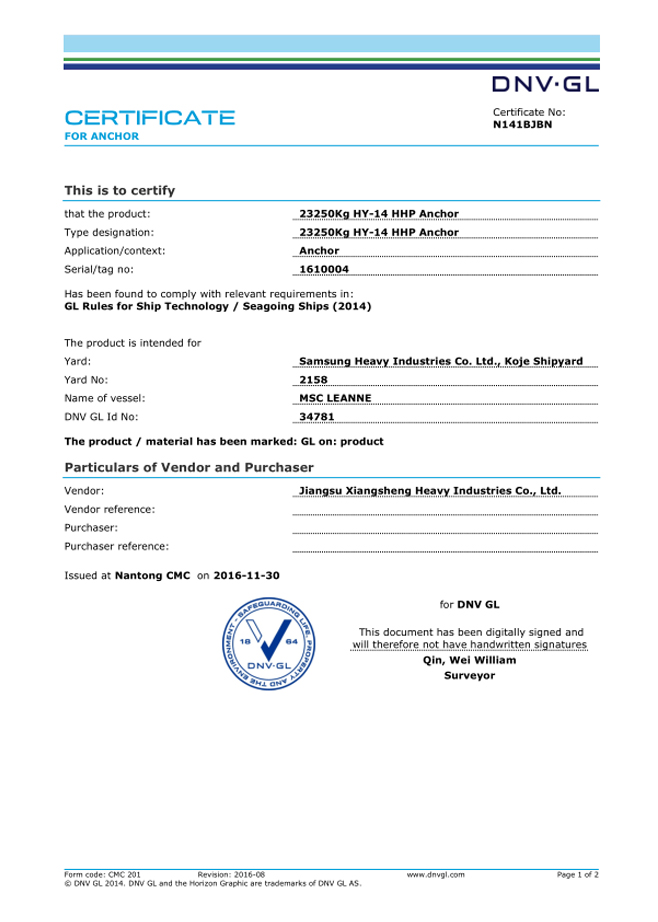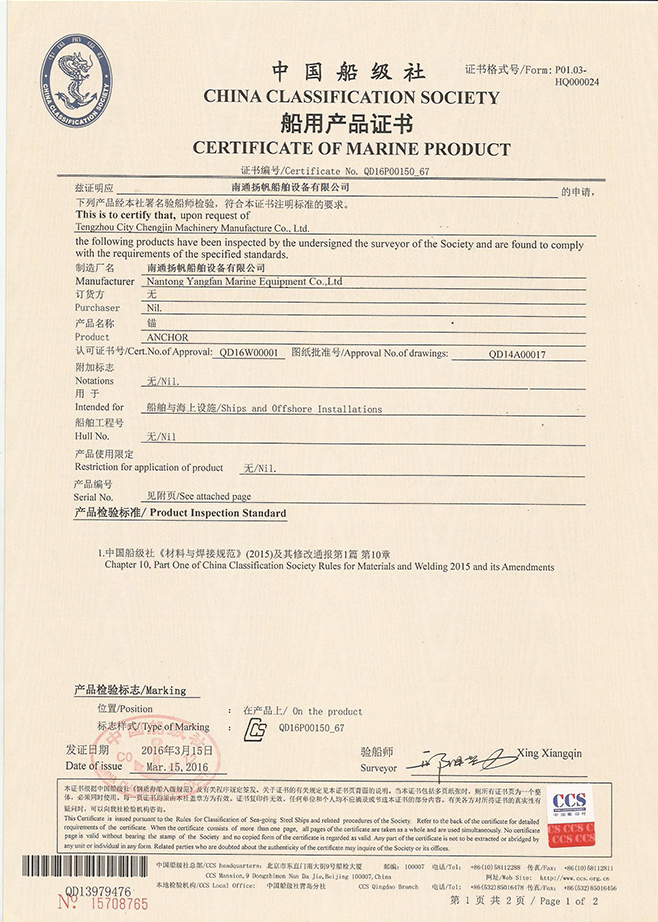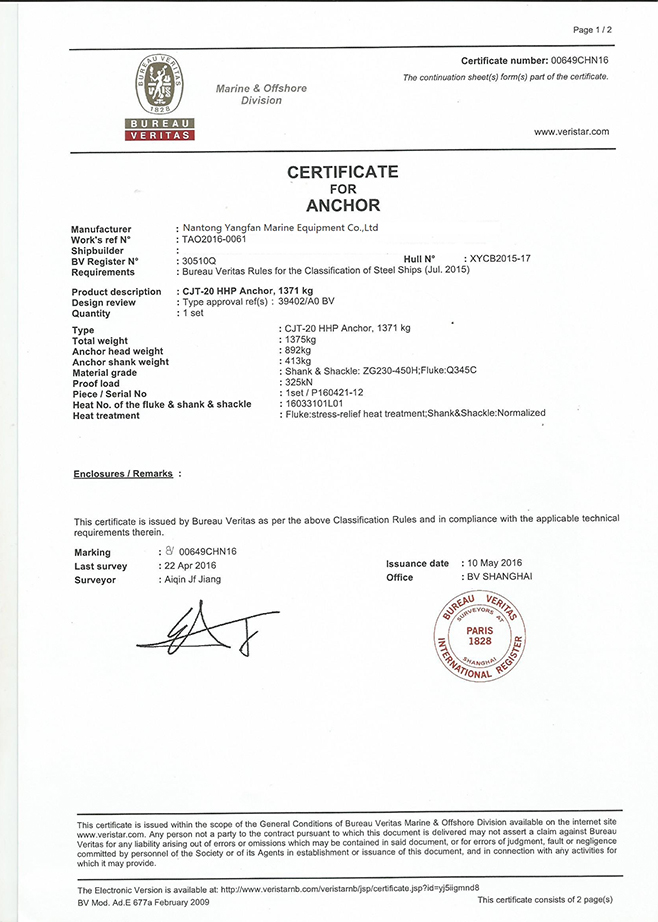The role of marine ladders and lighthouses in emergency rescue
The Role of Marine Ladders in Emergency Rescue
Marine ladders are crucial equipment connecting decks to the water or between different decks. Their design and installation directly impact the efficiency of escape and rescue in emergency situations. Marine ladders provide safe passage back to the ship for those who fall overboard. When crew members or passengers accidentally fall into the sea, marine ladders serve as a first-line climbing device, helping them quickly board the ship. Ladders should be non-slip and sturdy, allowing for safe climbing even on slippery and shaky surfaces.
Marine ladders provide a quick means of evacuation in the event of a fire or other emergency. Especially on high-deck vessels, ladders connect multiple decks, ensuring that personnel from different areas can be quickly evacuated to a safe location. Marine ladders also facilitate the boarding and disembarking of rescue personnel. During maritime rescue operations, rescue vessels or helicopters must transport personnel or equipment to the distressed vessel. Marine ladders provide convenient access, reducing rescue time and improving efficiency. The design of marine ladders should also take ergonomics into consideration, ensuring users can quickly grasp and climb in an emergency, reducing rescue pressure. For example, properly spaced steps, sturdy handrails, and corrosion-resistant and non-slip materials are all crucial factors for safety.
The Role of Marine Lighthouses in Emergency Rescue
Marine lighthouses are typically installed high on the ship's hull as crucial navigation and signaling equipment. They play a crucial role in providing guidance and warning during emergency rescue operations. Their light source provides clear visual signals at night or in inclement weather, helping rescue teams quickly locate the distressed vessel. Especially in conditions with limited visibility, such as fog and storms, the beams emitted by the lighthouses serve as navigational lights for rescue operations, guiding rescue vessels and helicopters to a safe approach.
Marine lighthouses also serve as warnings. By flashing light signals, they convey distress information to surrounding vessels, alerting them to give way and preventing secondary accidents. Some lighthouses can also be equipped with audible alarms to further enhance the warning effect. The light color, frequency, and flashing pattern of lighthouses comply with International Maritime Organization (IMO) regulations, ensuring uniform signal recognition. This standardized design makes it easier for rescue teams from various countries to understand and respond to signals, improving the efficiency of cross-border rescue collaboration. Modern ship lighthouses are increasingly adopting automation and remote control technologies, which can automatically trigger warning procedures in emergencies, reducing reliance on crew members and ensuring continuous and effective signaling.
The Synergy Between Ship Ladders and Lighthouses
During emergency rescue operations, ship ladders and lighthouses often work in tandem. The lighthouse's optical signal guides rescue teams to the scene, while the ladder provides access for personnel transfer and boarding. Together, they form a critical link in the rescue chain.
For example, after rescuers quickly locate a distressed vessel using the lighthouse's guidance, they use a ship ladder to board and rescue. For those who fall overboard, the ship ladder helps them return to the vessel, while the lighthouse ensures the vessel's location is clearly visible, facilitating continued rescue efforts. Furthermore, the lighthouse's signaling function can alert crew members to evacuate using the ship ladder as quickly as possible, avoiding panic and congestion and ensuring a smooth evacuation.
Key Points in the Design and Maintenance of Ship Ladders and Lighthouses in Emergency Rescue
To ensure the effectiveness of ship ladders and lighthouses in emergencies, attention must be paid to their rational design and routine maintenance. Marine ladders must be made of corrosion-resistant and wear-resistant materials to ensure their longevity in marine environments. The anti-slip treatment of the steps and the firmness of the handrails directly impact safety. The design should fully consider the user's body shape and mobility characteristics and meet ergonomic standards. Ladders should be regularly inspected for their firmness and anti-slip properties, and damaged parts should be replaced promptly.
Ship lighthouses must ensure the brightness of their light sources and the accuracy of their signals. Lighthouse enclosures should be waterproof, dustproof, and weatherproof. Regularly clean the lampshades and inspect the light source to ensure a clear signal. Modern lighthouses often feature backup power supplies and automatic alarms to prevent main power failures. Detailed emergency plans and operating procedures should be developed to ensure crew members are familiar with the use of ladders and lighthouses, enabling them to quickly and effectively utilize these devices in emergencies.
Marine ladders and lighthouses play an irreplaceable role in emergency rescue operations. Ladders provide crucial routes for safe evacuation and rescue, while lighthouses provide positioning and warning signals. These two work closely together to safeguard the safety of the vessel and crew. Through scientific design, standardized installation, and meticulous maintenance, marine ladders and beacons can provide a solid foundation for maritime emergency rescue, reducing accident losses and improving rescue efficiency. As technology advances and standards improve, they will continue to play a key role in future maritime safety.





 English
English 中文简体
中文简体



